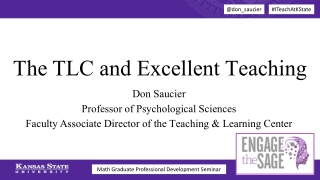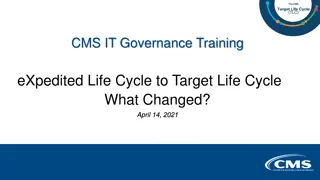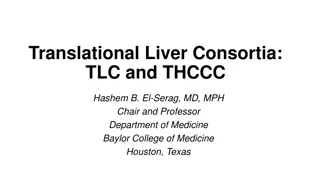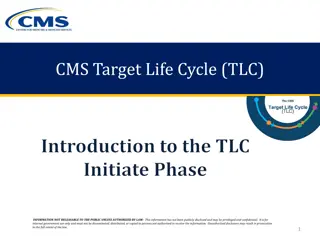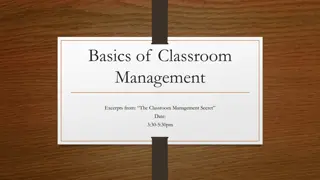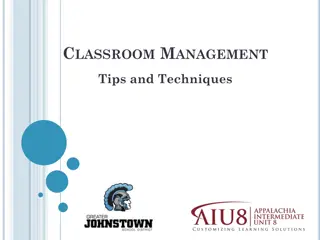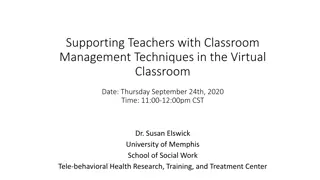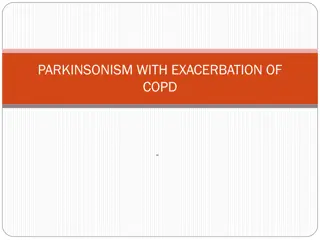TLC: Group Theraplay in the classroom
Explore the concepts of mental health, mental illness, and the Theraplay approach focused on enhancing attachment, engagement, and trust in the classroom environment. Discover how positive interactions influence a child's inner representation and self-esteem. Dive into core Theraplay principles and the importance of healthy parent-child interactions in shaping a child's personality development.
Download Presentation

Please find below an Image/Link to download the presentation.
The content on the website is provided AS IS for your information and personal use only. It may not be sold, licensed, or shared on other websites without obtaining consent from the author.If you encounter any issues during the download, it is possible that the publisher has removed the file from their server.
You are allowed to download the files provided on this website for personal or commercial use, subject to the condition that they are used lawfully. All files are the property of their respective owners.
The content on the website is provided AS IS for your information and personal use only. It may not be sold, licensed, or shared on other websites without obtaining consent from the author.
E N D
Presentation Transcript
TLC: Group Theraplay in the classroom What is the first thing that comes to mind when you hear Mental Health ?
Mental Health vs Mental Illness Mental Health: Having emotions, positive and negative and the ability to express them in appropriate ways. Mental Illness: Viewed as more fatalistic. It is genetic. Immune to treatment
TLC: What is it? TLC is a method of enhancing Attachment Engagement Self-esteem Trust in others Based on the natural patterns of Healthy interactions We all need to keep it personal, engaging, and fun!
Engagement Dimension Connection Enthusiasm Shared Joy
Structure Dimension Safety Organization Regulation
Challenge Dimension Competence Mastery
Nurture Dimension Regulation Self Worth Empathy
The foundation of the Theraplay experience: Core Concepts Interactive and Relationship Based Direct Here and Now Experience Guided by the adult Responsive, Attuned, & Empathic Preverbal/Social/Right Brain level Multisensory PLAYFUL
Basic assumptions Positive interactions result in child s inner representation (Inner Working Model) Self as loveable, special, competent Others as loving, responsive, trusting World as a safe exciting place
Basic Assumptions The idea of self and their personality develop out of the early parent child interaction. But WHAT IF???? When there is an unhealthy parent/ child interaction a child's internal working model is upset
Basic Assumptions. Negative interactions result in child s inner representation (IWM) Self as unlovable and incompetent Others as uncaring and untrustworthy World as unsafe and full of threats
Internal Working Model Implicit view of self and others Organized strategy for maintaining safety and comfort under stress Laid down as neural pathways Stable but can be changed by new experiences
Basic Assumption Caregiver empathy and sensitivity are essential to the child s healthy development and secure attachment. Early experience of co-regulation are the basis for later emotional self regulation.
Goal of Group Theraplay Create (or fine tune) a secure, attuned, joyful relationship between a child and her /his teachers
The Results Positive changes in child s IWM Better self regulation Reduction of relationship and behavior problems Positive outcomes associated with secure attachment: Better social skills, better school performance, and more competence and long term mental health!!!!!




